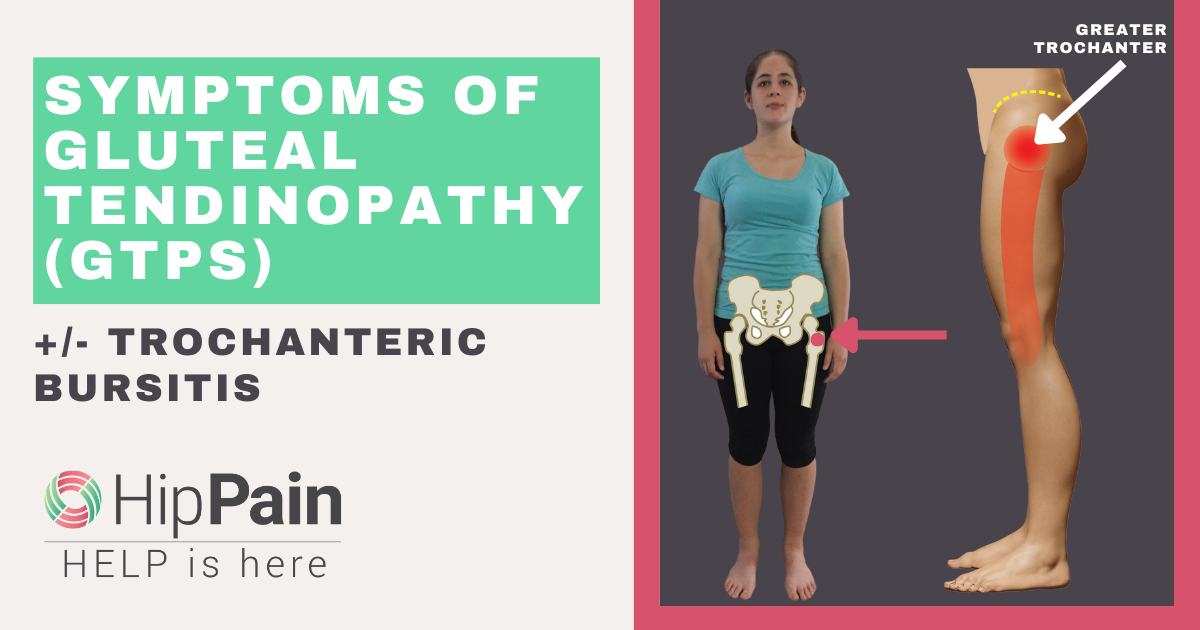
Painful femoroacetabular impingement is known as “femoroacetabular impingment syndrome” or FAIS. In this blog we will outline the key femoroacetabular impingement syndrome symptoms – what issues can you expect to find if you have this condition.
Femoroacetabular Impingement Syndroms (FAIS) – Do I have it?
We outlined in an earlier blog what the differences are between femoroacetabular impingement (FAI) and femoroacetabular impingement syndrome (FAIS), and what the possible causes are of this condition – click here to read more.
As a brief reminder, painful FAI, is referred to as Femoroacetabular Impingement Syndrome (FAIS). A published consensus of world experts¹ agreed that to be given a diagnosis of FAIS requires 3 key features:
- FAI bony variations observable on XRay or MRI Scans (these variations are discussed more in our earlier blog “What is FAIS and what are the causes”)
- Hip or groin pain related to particular motions or positions.
- Pain and restricted range of motion on clinical tests performed by a health professional


What Are The Usual Femoroacetabular Impingement Syndrome Symptoms?
- FAIS commonly presents as a deep pain in the front of the hip or groin, although it can also occur in the side and back of the hip and thigh, and sometimes in the knee.
- Pain can start suddenly or build up more slowly over time.
- Movement can become stiff and restricted, often with pain at the end of range

- Pain can be felt playing sport, but also with sitting, squatting and lunging. If badly flared up, the hip may ache at night and pain may persist for several days after playing sport.
- Stiffness, clicking, catching, locking or giving way may also be experienced by some people.
- Pain is often felt when the knee lifts up to hip height and is then taken across the body. This is where the bone surfaces of the hip (head and neck of femur) and the pelvis (acetabulum) come closest together. This is one of the positions a hip pain professional will test your hip in. It is important to note that there is no one test that is used when diagnosing this syndrome, rather it is a barrage of tests – you hip pain professional will run through these with you.
- How you move may be affected causing you to alter what you do and how you do it – your hip pain professional will assess several specific tests that look

- at movement patterns around the hip and pelvis. These may have been altered secondary to your symptoms. In turn this can lead to pain and dysfunction in other areas if not addressed, such as the spine, pelvis, buttock and abdominal areas.






